Drake Breaks a Sweat with NOCTA Basketball Launch
Prices range from $12 to $120. Register for updates on the drop at nike.com/basketball.
- Photos courtesy of Nike
Stay informed on our latest news!
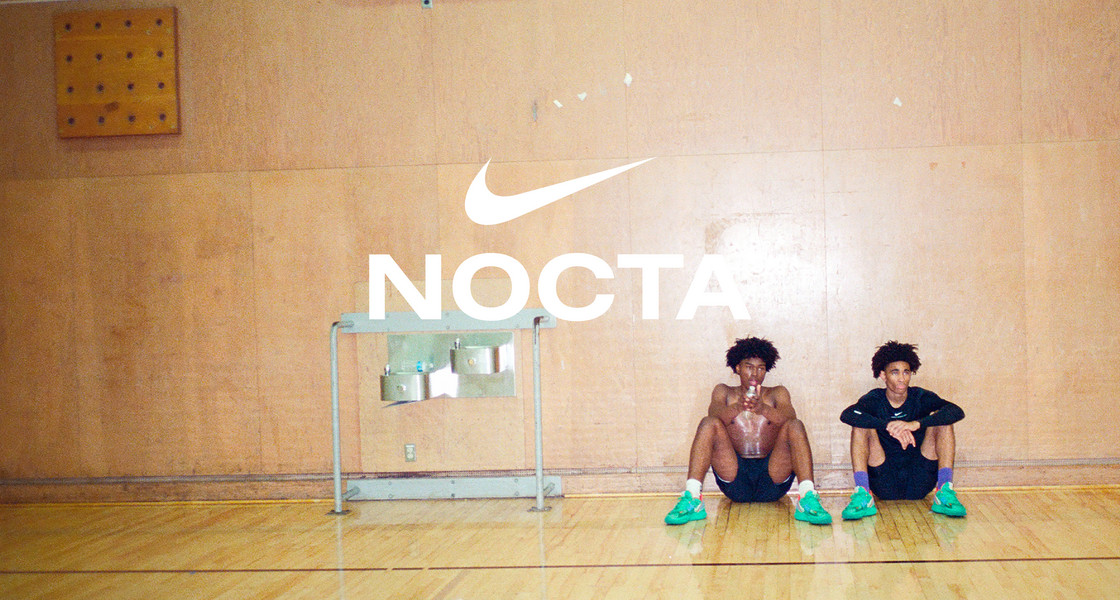
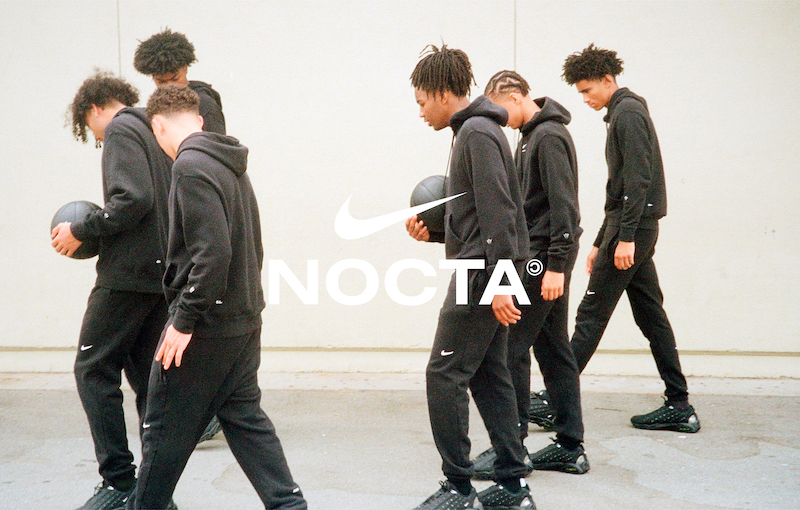
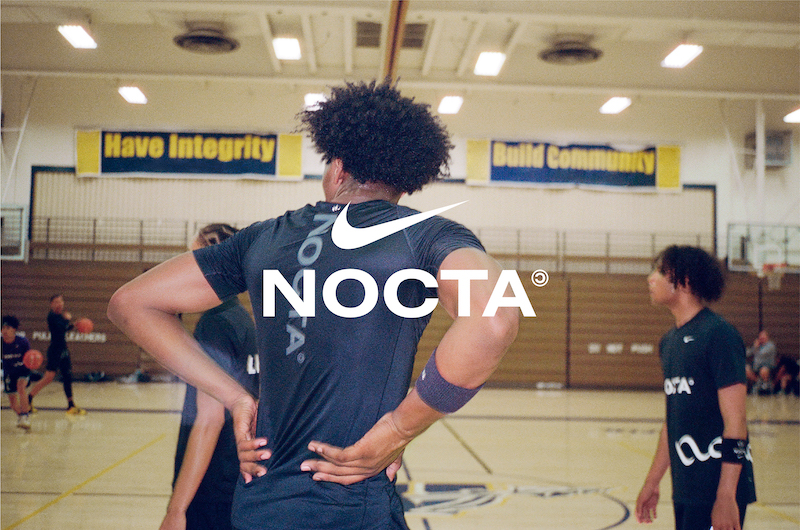
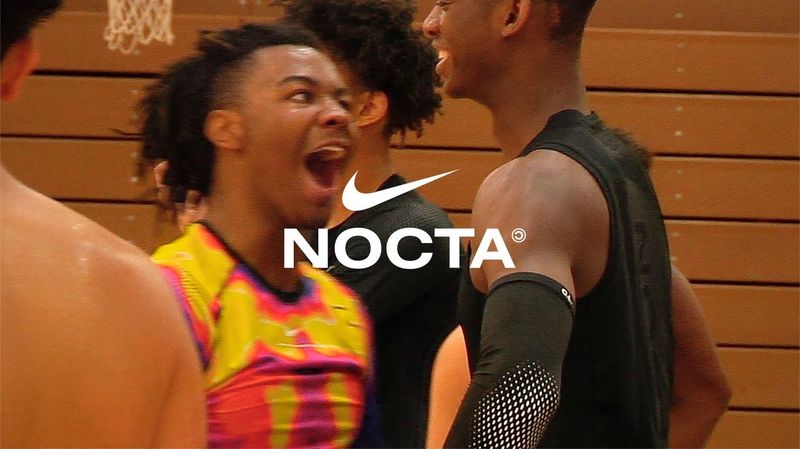
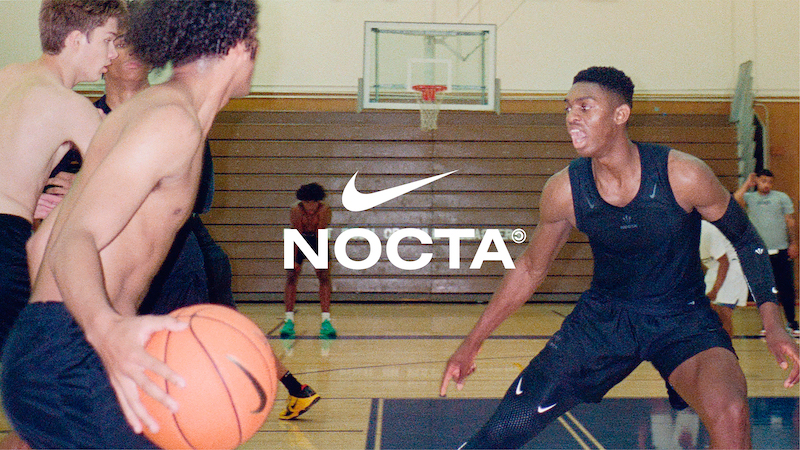
Prices range from $12 to $120. Register for updates on the drop at nike.com/basketball.
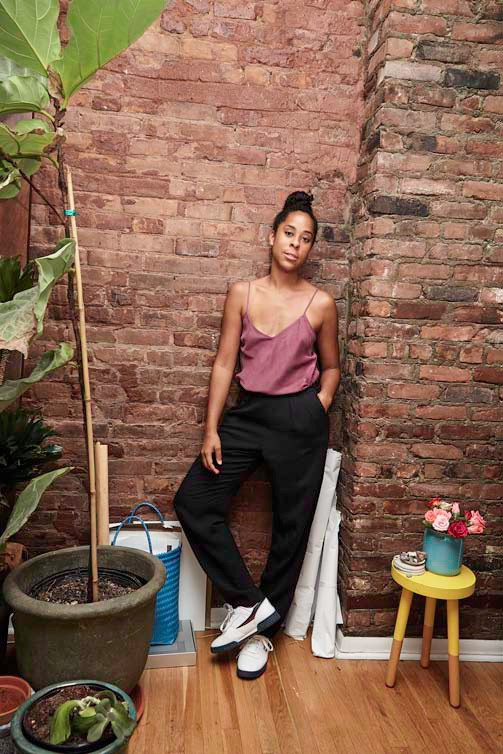
What led to the creation of Full Court Sport while you were still at your production design job?
I was always playing; It’s a sport that I love. I was always playing on public courts. You would sort of play and then run around for the rest of the day and I never wanted to wear any of the women’s tennis clothes that I was finding. They were all sort of pink and white and just didn’t have that city sensibility and I just sort of wanted something with pockets. None of the women’s stuff had pockets, none of the leggings none of the shorts or anything so I kind of thoughts, maybe someone should make this a legging with a ball pocket or something and so then I just kind of started doing a little bit of research and thought well maybe ill just do it myself.
Did you study clothing design? Are you trained, or did you teach yourself?
No, I am not trained at all. I started asking friends who do design work, “I want to make myself this little kit, how do I go about doing that?” I got some feedback, and from there I started doing my own research like I would any sort of production related job, which brought me to Portland, where I had the kindness of other people who had made these things before giving me tips and numbers. I was really fortunate in that way. So I was able to piece it all together by some miracle, I don’t really know how now that I think about it.
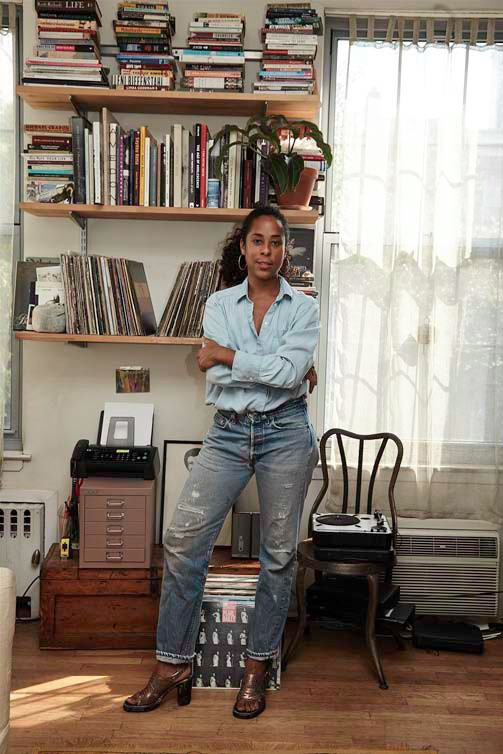
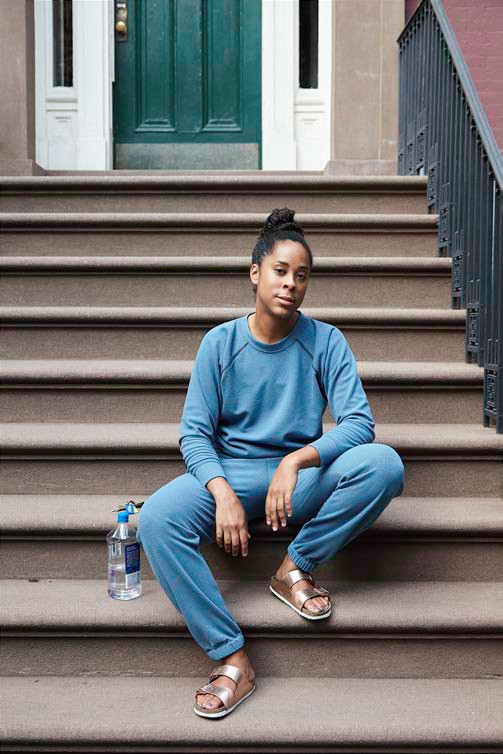
I love that Full Court Sport has leggings with pockets, because putting your balls in your skirt is frankly unsanitary. What do you think of that practice? I have always found it very strange.
It’s steeped in some weird sort of history that women were wearing skirts to play a sport. I played field hockey in high school, another random sport where they wear skirts. I’m not really sure, it’s not functional. It’s just some sort of weird thing that hasn’t disappeared. I think that people like the fashion. You see people strutting down the street in their cute tennis skirt and it looks great if you can wear it. I know some players have opted out of skirt wearing when they can, but it’s such a funny sport in that way that people really hold onto it. I like the silhouette though; I just think it’s important to have a more functional practice getup. Especially if you’re in the streets of New York.
What do you think is the hardest challenge behind designing clothes that need to perform a certain function?
That’s a good question, because when I first did the line as a novice that’s sort of what people would ask me. Is this just functional or is this fashionable? But I decided if I was going to do it I was going to do it right. There is a whole other world of super high tech fabric that the military uses, that sports people use, that enables the body to sweat and you don’t hold onto it. So when I started I did a lot of research on the existing fabric and what people were using. It’s not really reinventing the wheel because all of the same companies use the same fabrics because they work. It was really just the challenge of finding the right fabrics and then creating the silhouettes that I liked with those fabrics. But they are really cool, so as I got deeper into the design process that’s what I found really fascinating.
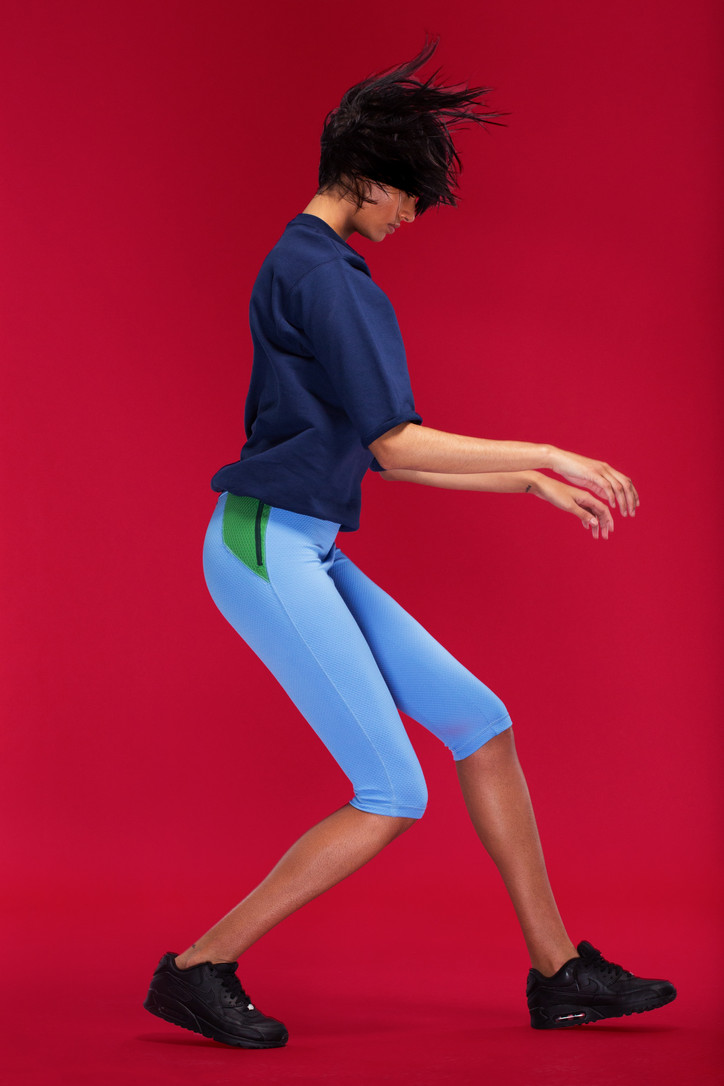
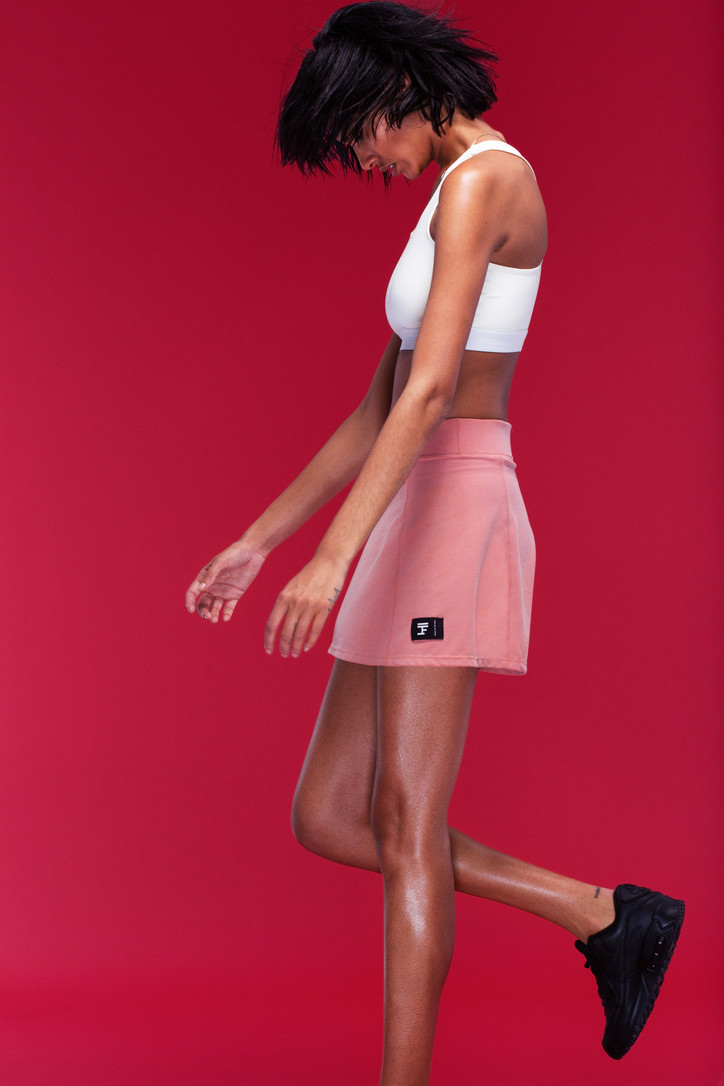
When did you start playing tennis?
I played as a kid. Since I started the line everyone is like “Oh my god you must have played through college, you must be so into it.” But I only ever really played for fun. I found that when I was a kid I had one of those coaches who was so crazy and would scream at you. I found it really very stressful. So I kind of steered towards team sports, but then I found my way back to it. But I find as a spectator I’m such an uber fan and I always have been.
Who are your favorite players?
I sort of grew up watching the Williams sisters. I’m about the same age as them, so when they came onto the scene I was sort of blown away by them. Them being sisters and being these incredible athletes, so they’ve always been a favorite. And then for the men’s’ you have to love and respect Federer. I love some of the flashy French male players. Those guys are so fun to watch and they are all so talented, it’s kind of incredible.
As an aside, if you’re interested, David Foster Wallace did a whole book on tennis [String Theory] because he was an avid fan. It makes you realize how good all of these players are and as a spectator what it takes to get to that certain level. I’m sort of nerding out, but it’s kind of amazing.
So you like David Foster Wallace and tennis. Are you an Infinite Jest fan?
You know, I haven’t even finished Infinite Jest. I’m probably like 2/3 of the way through; it’s just so intense.
It took me two years.
It takes everybody two years! At least I’ve gotten almost all the way through. But its great and someone had turned me on to these tennis essays and he's so passionate about the game so I found him interesting on that level.
What’s the biggest insight that you took away from that book?
Just how hard it is to get to that professional level. These people tour for years and years. And the people we see at the top twenty are just a tiny little fraction of the players out there who are all so exceptional, but they don’t have what it takes to get to that next level.
The essays I found the most interesting where the ones that talk about the struggle. And you never think about that. I suppose it’s like anything. The physicality of it. The emotional aspect, because you’re out there by yourself and it becomes really fascinating. I could play on a team; I would get really stressed out. I couldn’t take the pressure. It’s very pressurized. But it’s so fun and it’s so good for you. And the other thing I love about playing is you to these city courts and next to you are like four guys in their 70s. They’re not moving around as much, but they’re out there and they’re sweating, it’s kind of inspiring.
What is your personal favorite outfit to play tennis in?
Something you look good in. So a pair of leggings a weird t-shirt, a basketball t-shirt or whatever, and a great pair of sneakers. Kind of how you want to dress anytime. You just want to look good and feel good. I’m working on my collection of tennis dresses. I’m working on the tennis dress as a more functional thing, but we’ll see.
As someone with two full-time jobs, do you have any recommendations on how to balance both?
I feel like you never feel like you have a handle on it 100%. I would say what I'm striving to do right now is to really carve out time for both. You get really bogged down in one or the other, especially when one is more financially stable. Production design is how I make my money, so that becomes the one you tend to focus on a little bit more. But I think it’s important to carve out time every day when you’re working on your other project. That’s really the key. I was always the I’ll get it tomorrow type of vibe and that just wasn’t worked for me. So now I sort of strive to just work on it on a daily basis. Even if it’s an hour, it makes a difference.
Check out more of Full Court Sport here.
Images courtesy of Mode PR.
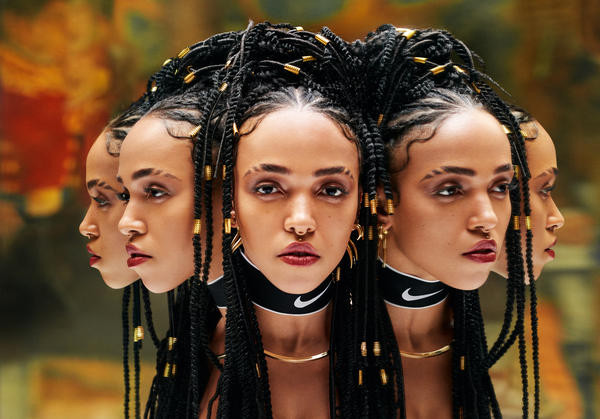
And thus it makes perfect sense that Nike would tap her for a project. Twigs is both a face and the creative director of their new Spring Zonal Strength Tights campaign; she conceptualized the entire campaign, and directed, soundtracked, and performs in the accompanying video, which features athletes like runner English Gardner, fencer Miles Chamley-Watson, and dancer Saskia Horton. The video, entitled “do you believe in more?” also features a new track from twigs, an Oneohtrix Point Never collaboration called “Trust in Me.”
“People don't always see dancers as athletes, but we are,” twigs wrote in an open letter. “Through dance and fitness, I’ve met young people who work really hard and have dedicated their lives to being physical. To me they represent ‘modern movement,’ which I define as exploring any genre of sport without boundaries.”
“'Do you believe in more?’ is a question that anyone can ask themselves,” she continued. “Do you believe that, in six months' time, you'll be able to run faster, or jump higher? Do you believe that you'll be able to stay on the cross-trainer longer? Do you believe that you can reach your best physical shape? Do you believe that you can use your confidence to get that promotion at work or finish that creative project? It applies to whatever it is that you want to be or do.”